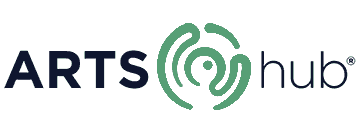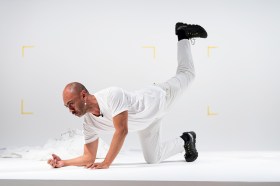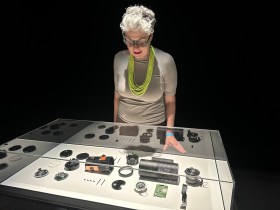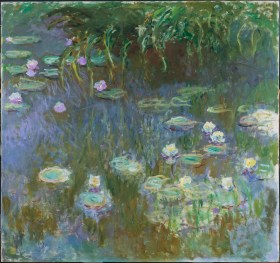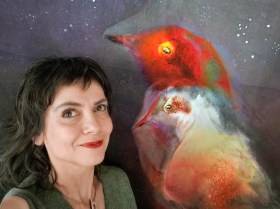A strong sector response has followed the announcement of the latest four-year multi-year funding round by Create NSW (21 May), which is only now starting to unravel in terms of its long-tail impact.
ArtsHub speaks with Brett Adlington, CEO of Museums & Galleries of NSW (MGNSW), who expresses concerns for the future of regional access to cultural programming.
“The announcement has resulted in a dramatic reduction in the number of regional galleries supported, with just three galleries in regional NSW being supported, and three Regional Arts Development Organisations (RADOs) being unsuccessful,” says Adlington.
Unsuccessful organisations are now forced to apply for two-year multi-year funding, making that a more competitive round with the cuts to four-year funding support.
“The success rate for regionally-based public galleries appears to be below 18%, well below the overall success rate of 52%,” Adlington tells ArtsHub. “We have serious concerns about the viability of the sector.
“The thing that a lot of organisations are finding disappointing is that the sort of work they’ve been doing for so many years – really addressing a lot of state government priorities in their programming and planning – just seems to not be recognised,” Adlington adds.
The problem is not just about money
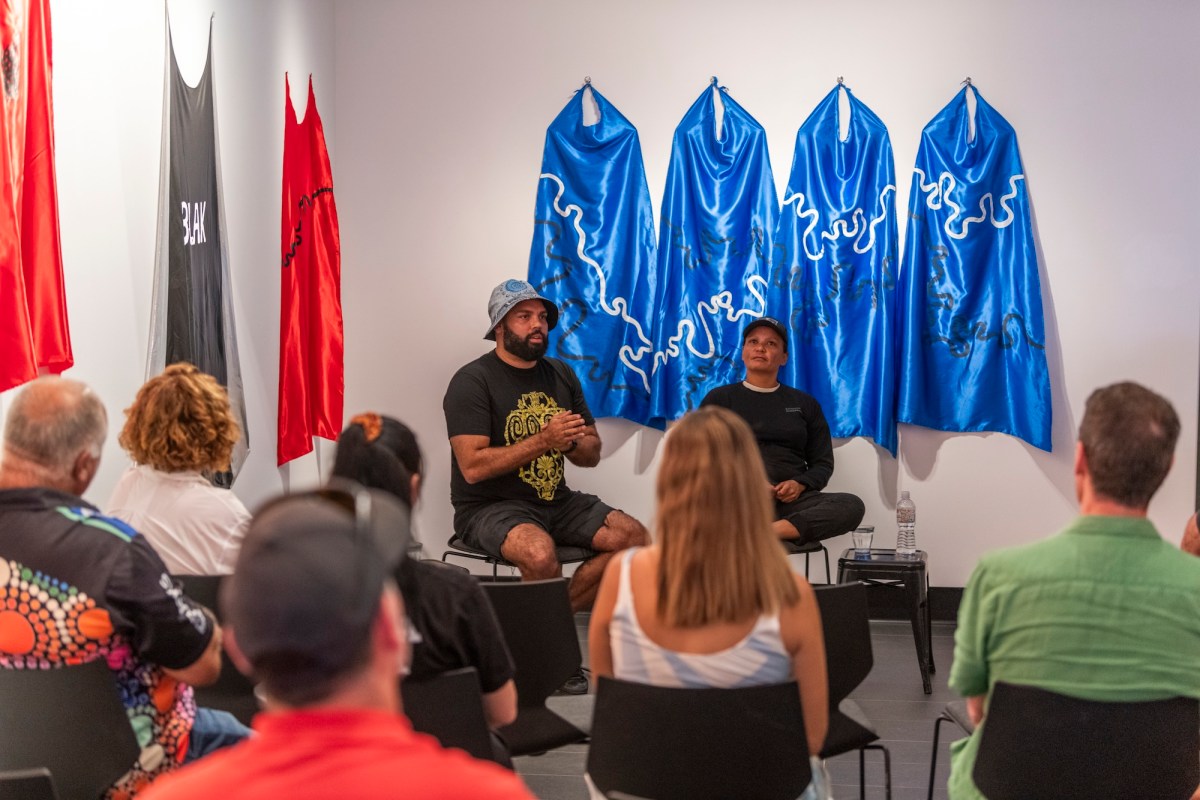
In a joint letter to NSW Minister for the Arts John Graham, Adlington and co-writer Dr Tracey Callinan OAM (CEO Regional Arts NSW) stated that they, “feel that the new funding model has inadvertently added greater uncertainty”.
They believe the reduced success rate reflects a misunderstanding of the role played by regionally-based public galleries and community support organisations such as the RADOs.
“Perhaps it comes to a lack of depth of understanding of the sort of the realities of running an organisation in regional New South Wales,” says Adlington. “A lot of public galleries in regional areas are often run by local government, so there are certainly obligations in the broader council context that they have to be addressing, as opposed to metropolitan and non-local government organisations, which can focus on less restricted kinds of programming.
“And, sometimes, that broad nature of programming looks a bit less, sort of, sexy, I guess,” he adds. “Many regional galleries and museums are almost operating like mini service organisations in their communities. It is a lot deeper than just putting a program together.”
And yet, audiences to regional galleries and museums across regional NSW total 3.5 million visitors per annum.
Disproportionate funding discriminates against regional access
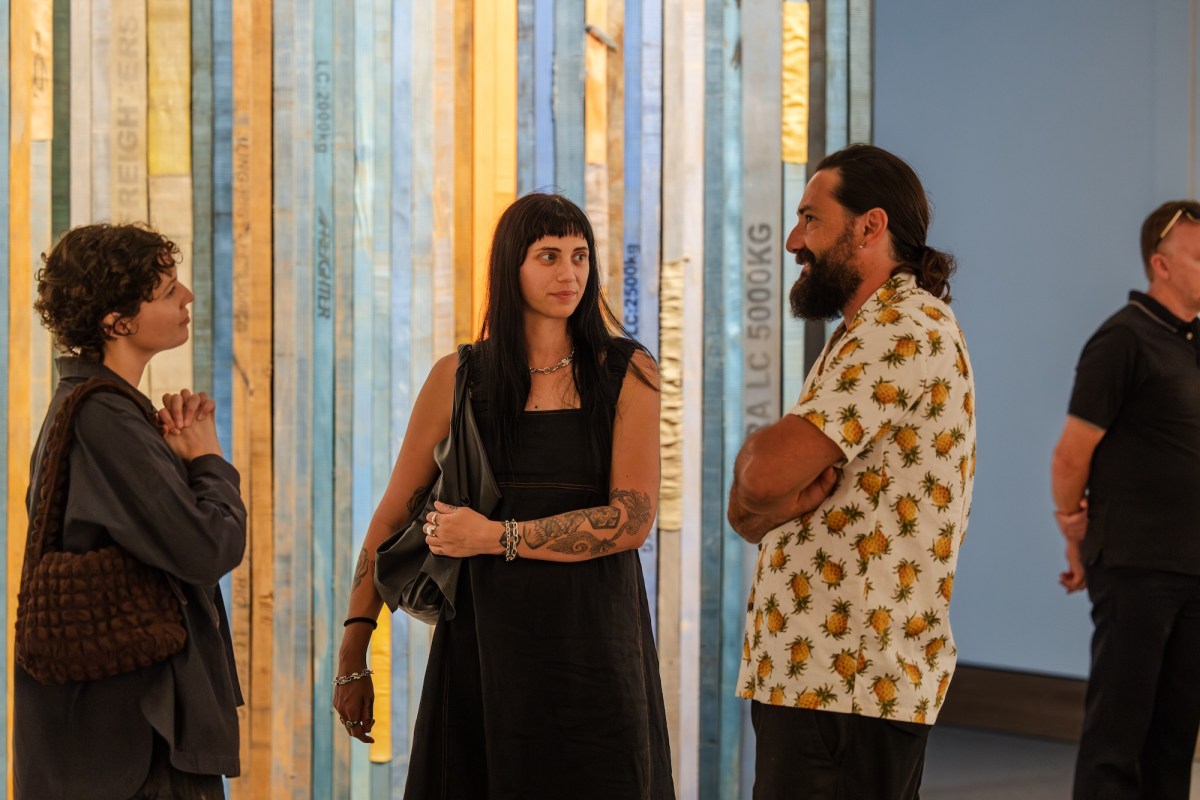
The programs and short-lived festivals that have so far been disproportionately funded by Create NSW in the latest four-year multi-year round are many hours away and inaccessible to many, explains Adlington and Callinan. “There is no feasible public transport route and certainly no way that children, young people, schools, the elderly or those on lower incomes will have access to those projects.”
Adlington continues, “It should also be noted that local government is rarely in a position to pick up a loss of funding, so there will be a gradual diminishing of cultural provision across the state with this reduction in available funding. Indeed, many in our sector are seeing this as another example of cost-shifting on to local government.”
These projects have been funded over the broader reach of RADOs. “A lot of it’s invisible work,” explains Adlington. “We saw recently the work that Arts Mid North Coast did in supporting the impacts of the flooding and communities. Who’s going to be doing that work if there is no RADO in that area?
“And the other concern is that, if local governments and regional galleries are facing big financial cuts in their programs, they’ll be looking across their budgets and questioning, ‘do we continue funding into our local RADO?’ We may see councils start pulling out of their contribution to their RADO in order to fund the organisations that they operate – that is the galleries, museums and other cultural facilities.”
Read: Questions raised over ‘Simpler. Fairer. Faster.’ arts funding model
Adlington describes it as “a dangerous situation”, adding that the goodwill in these communities can only be called upon for so long and relationships may start to erode.
Adlington estimates about 20 public galleries would have applied for four-year funding, with only six funded – three of which are based in Sydney.
He adds that the funding cuts also jeopardise career pathways, and will weaken cultural tourism, which has been a slow and strategic build over many years across regional NSW.
He concludes to ArtsHub: “They’re not asking for a lot, and it just feels like a little bit of a slap in the face – that you’re just not good enough.”
